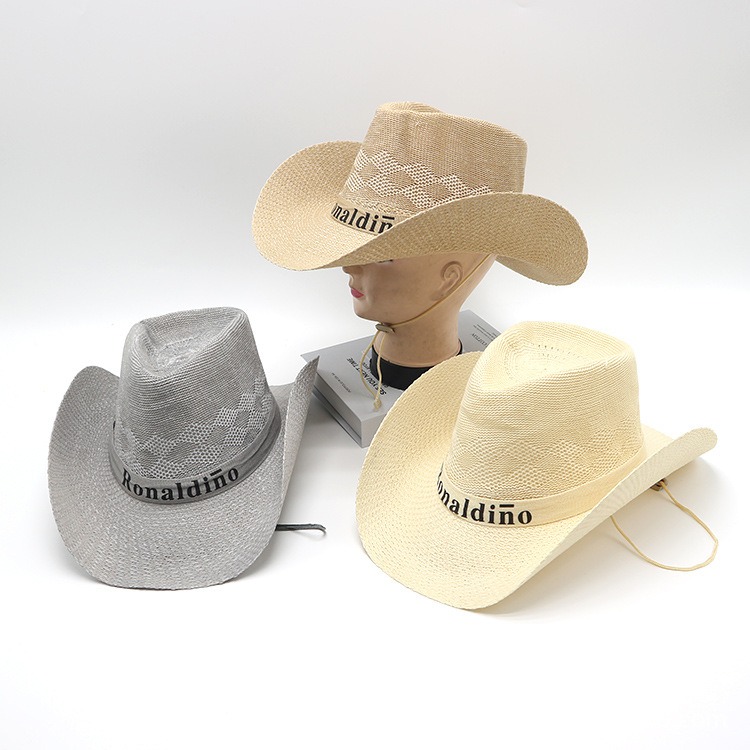The origins of home and away football kits can be traced back to the late 19th century in football.
In the opening match of the 1890-91 season, Wolverhampton Wanderers were away to newcomers Sunderland and both teams took to the pitch wearing red and white striped football shirts. The referee had no choice but to make Wolves change into their white soccer shirts to ensure the game was played in an orderly fashion. Subsequently, the Football League Commission required each team to register their playing football jersey and all clubs were required to have a white football shirt to prevent colour clashes. This was the first appearance of the away jersey concept.

Over time, the away jersey grew to become the garment worn by teams during away matches to avoid colour clashes and to ensure fairness of play and spectator distinction. The home jersey is the garment worn during a team's home matches and is usually clearly differentiated from the away jersey in terms of colour so that it can be easily identified by fans and opponents.











